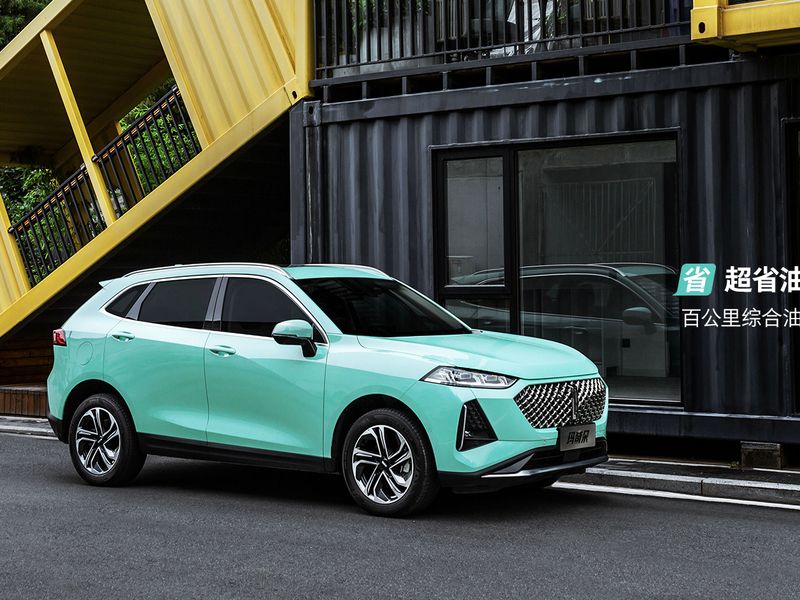
SHANGHAI – The Chinese market for gasoline-electric hybrid vehicles — some 414,000 were sold in 2020 — remains the reserved territory of Toyota Motor Corp. and Honda Motor Co.
But the Japanese duopoly that helped popularize hybrids is about to face challenges anew from local automakers.
A slew of major Chinese automakers since late 2020 have been developing the key powertrain technology used in hybrid vehicles.
Geely Automobile Holdings, the largest domestic Chinese carmaker, this week revealed hybrid powertrain technology that comprises 1.5- and 2.0-liter turbocharged, direct-injection gasoline engines, as well as transmissions and electric motors specifically developed for hybrids.
The technology can help cut fuel consumption by more than 40 percent to as low as 3.6 liters per 100 kilometers (65.3 mpg), according to information the company disclosed.
Geely said it plans to roll out more than 20 hybrid models ranging from subcompact to midsize models over the next three years, with the goal of “becoming the top seller in the segment” for hybrid vehicles.
Great Wall Motor Co., the largest Chinese manufacturer of crossovers and pickups, in December became the first domestic automaker to introduce hybrid vehicle technology.
Its hybrid powertrain system, fitted with a 1.5-liter direct-injection gasoline engine or a 1.5-liter turbocharged direct-injection gasoline engine, can improve fuel economy by 35 percent to 50 percent, the company said.
On Sept. 29, Great Wall launched sales of its first hybrid model – a compact crossover – under its premium Wey brand with a starting price of 145,800 yuan ($22,780).
The crossover, powered by a 1.5-liter direct-injection gasoline engine and two electric motors, offers fuel economy of 4.7 liters per 100 km (80.5 mpg), Great Wall said.
Great Wall plans to install the hybrid powertrain system across its product line.
In the first half of this year, two major state-owned light-vehicle manufacturers — Chery Automobile Co. and Changan Automobile Co. — also revealed engines and transmissions that can be applied to hybrid vehicles as well as plug-in hybrids.
Regulatory pressures are prompting the four automakers to develop hybrid vehicles rather than a desire to compete for market share with Japan’s top brands.
Under current Chinese regulations, light-vehicle manufacturers must improve their fleet-wide fuel economy to 4.0 liters per 100 km (94.6 mpg) by 2025 from 5.0 liters per 100 km (75.7 mpg) in 2020.
The four companies have each developed a broad lineup of gasoline vehicles. But their portfolios of EVs and plug-in hybrids are still small.
So they can’t bank on electrified vehicles to meet tougher fuel economy targets required by the Chinese government.

